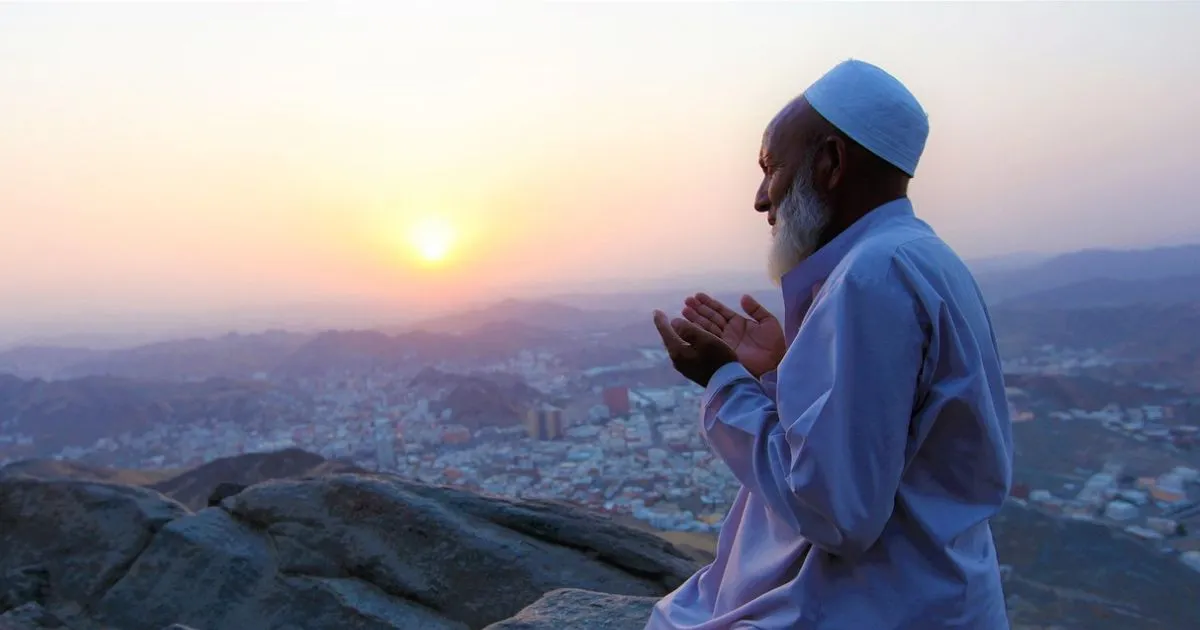Jabal Thawr, Hira, and Madinah’s Thawr: A Historical and Practical Guide
Table of Contents
Jabal Thawr, Hira, and Madinah’s Thawr: A Historical and Practical Guide
The stories of Prophet Muhammad’s (PBUH) life are deeply connected to the mountains of Arabia. However, the similar names often lead to confusion. This guide clarifies the distinct histories of Ghar Hira, Jabal Thawr in Makkah, and Jabal Thawr in Madinah, supported by authenticated sources and practical visitor information.
Key Facts at a Glance
| Feature | Ghar Hira (Cave of Hira) | Jabal Thawr & Ghar Thawr (Makkah) | Jabal Thawr (Madinah) |
|---|---|---|---|
| Primary Significance | Site of the First Revelation (Authenticated) | Shelter during the Hijrah (Quranically Authenticated) | Historic Boundary of Madinah (Authenticated by Hadith) |
| City | Makkah | Makkah | Madinah |
| Key Event | The first verses of the Quran were revealed. | The Prophet (PBUH) and Abu Bakr (RA) hid for 3 days. (Quran 9:40) | Defined the northern limit of the sacred sanctuary (Haram) of Madinah. (Sahih Muslim) |
| Visitor Access | Open for hiking | Open for hiking | Visible landmark, less frequented by tourists |
1. Ghar Hira (Cave of Hira) on Jabal al-Nour, Makkah
- Historical Fact: The Prophet’s practice of spiritual retreat (tahannuth) here and the first revelation by Angel Jibril are established in the most authentic Seerah sources, including Ibn Ishaq’s works.
- Mountain Metrics:
- Altitude: Approximately 634 meters (2,080 feet).
- Hike to the Cave: A strenuous 1-1.5 hour climb up a steep, rocky, and uneven path of about 1,200 steps. There is no cable car or facility.
- Best Time to Visit: Winter months (November to February) are essential. Start your climb very early in the morning (before sunrise) or late in the afternoon to avoid the intense, dangerous heat.
- Hiking & Guides:
- Difficulty: Very High. Not suitable for the elderly, young children, or those with health/breathing conditions.
- Essentials: Sturdy shoes, several liters of water, a flashlight, and energy snacks are mandatory.
- Local Guides: While not mandatory, local guides often wait at the base and can be hired for safety and navigation. Agree on a price beforehand.
2. Jabal Thawr & Ghar Thawr, Makkah
- Historical Fact: The Quran (9:40) explicitly confirms the presence of the Prophet (PBUH) and Abu Bakr (RA) in the cave and Allah’s divine protection. While the story of a spider’s web and dove’s nest is a popular legend, it is not found in the strongest chains of Hadith and is considered by scholars to be from less authenticated reports. The core miracle is the divine comfort and protection mentioned in the Quran.
- Mountain Metrics:
- Altitude: Approximately 728 meters (2,390 feet).
- Hike to the Cave: A challenging 45-60 minute climb. The path is less defined and steeper than Jabal al-Nour in parts. The final approach to the cave entrance is a narrow crevice.
- Best Time to Visit: Exclusively in winter (Nov-Feb). The climb is exposed and dangerously hot for most of the year. An early morning start is crucial.
- Hiking & Guides:
- Difficulty: High. More rugged and potentially more dangerous than Jabal al-Nour due to the terrain.
- Essentials: All the essentials for Jabal al-Nour apply here, with an emphasis on grippy shoes for the rock surface.
- Local Guides: Highly recommended, especially for first-time visitors, as the path can be unclear. Guides are familiar with the safest route and can assist at the narrow entrance.
3. Jabal Thawr, Madinah
- Historical Fact: Its significance is entirely different. As narrated in Sahih Muslim, the Prophet (PBUH) said: “Al-Madinah is a Haram from ‘Air to Thawr.” This mountain (Thawr) and Jabal ‘Ayr to the south defined the boundaries of the city’s sacred sanctuary where hunting and cutting trees were forbidden.
- Mountain Metrics:
- Altitude: Approximately 1,100 meters (3,600 feet) at its peak.
- Location: Northern Madinah, near the site of the Battle of Uhud.
- Best Time to Visit: Unlike the Makkah mountains, visiting the outskirts is possible year-round due to Madinah’s milder climate. However, climbing is still best attempted in winter.
- Hiking & Guides:
- Difficulty: Moderate to High for a full climb. Most visitors view it from its base or from lookout points at Uhud.
- Tours: It is not a standard stop on most guided tours of Madinah, which focus on Uhud, the Seven Mosques, and the Quba Mosque. It is primarily a historical landmark for viewings, not a primary hiking destination.
- Note: There is no known “cave” on this mountain of significant Islamic historical value.
Q&A: Addressing Common Questions
Q: Is the spider web story true?
A: The core event of taking shelter in the cave is confirmed by the Quran. The specific story of the spider and dove, while popular and often told to illustrate Allah’s protection, is not from the most authenticated (Sahih) sources. Scholars emphasize the Quranic account as the primary miracle.
Q: Which mountain hike is more difficult?
A: Jabal Thawr in Makkah is generally considered more physically demanding due to its steeper and more rugged path. Jabal al-Nour (Hira) has a more stepped but longer incline.
Q: Can I visit these sites during Hajj or Umrah?
A: Yes, but time is limited. You must prioritize your rituals. Allocating a half-day outside of prayer times, especially in the cooler winter months, is the most feasible way to attempt the hikes in Makkah.

